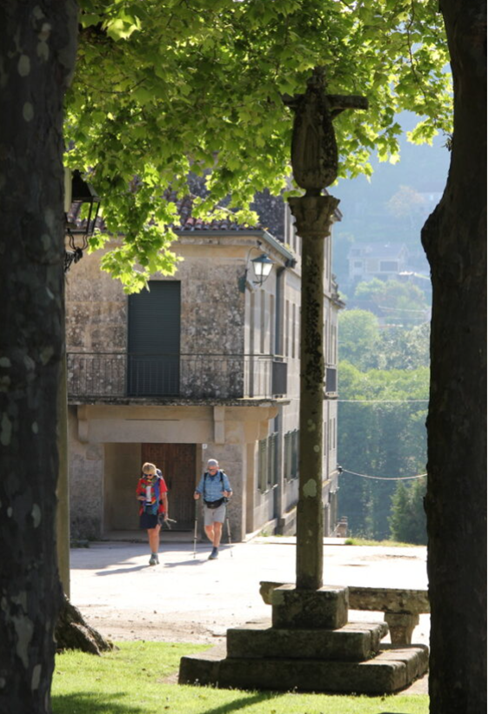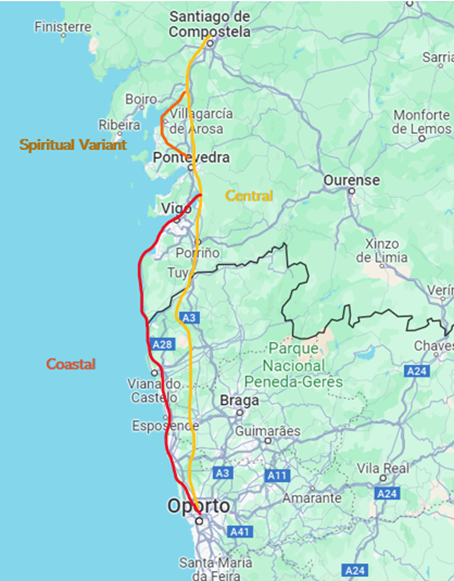Camino del Norte – The Nothern Way
The Camino del Norte is an absolutely stunning route steeped in beauty, culture and history. The Northern Way starts in Irún and there are 35 sections and 820 kilometres before you arrive in Santiago de Compostela. This route crosses the whole of the north of Spain. It´s an absolute gem, following the Cantabrian coastline from France to Galicia.


